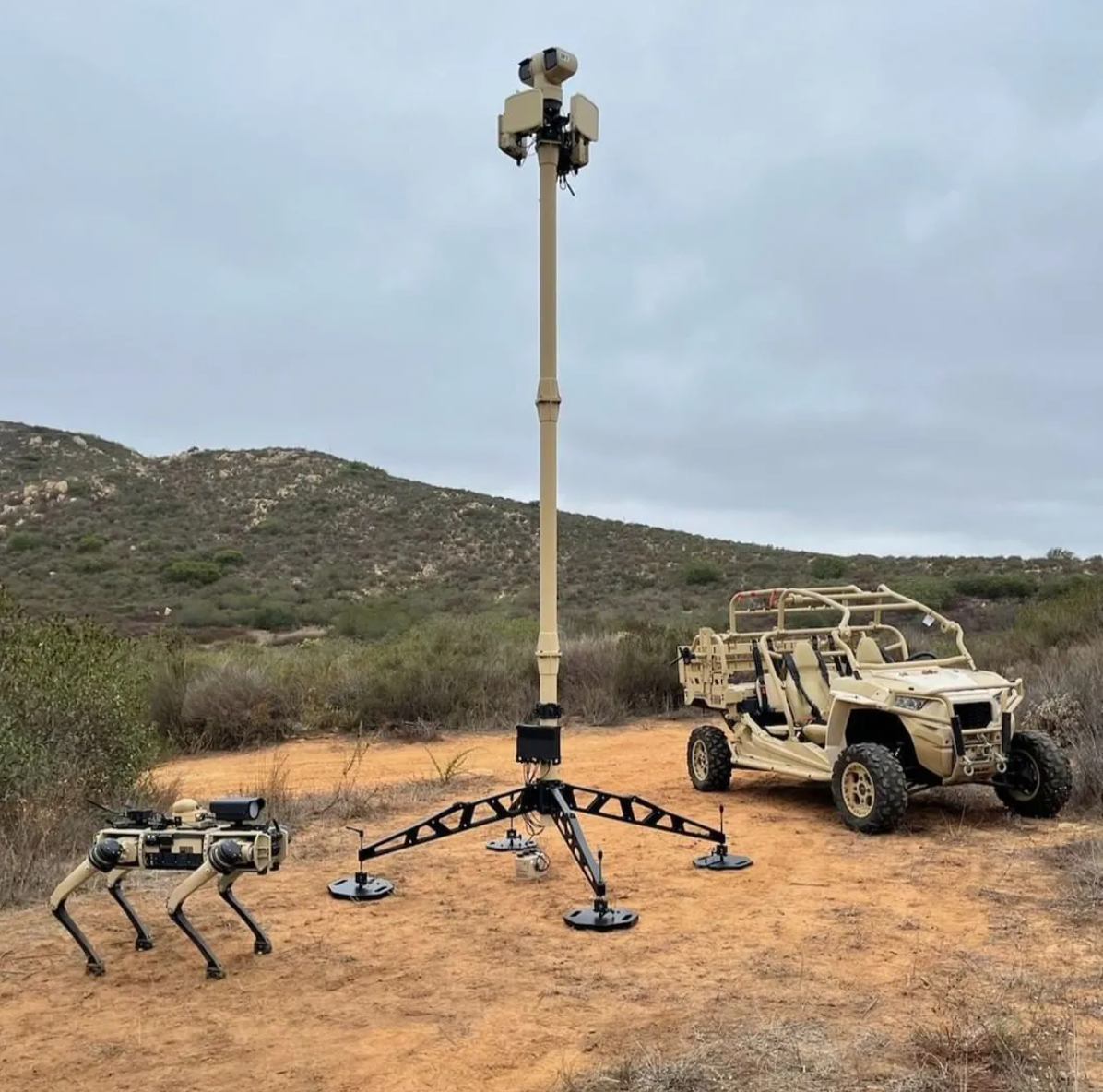Border protection and monitoring have remained an integral component of national security for countries. This is more poignant for the United States which has a massive length of border and a mandate to effectively protect it from unauthorized entry. To this end, the United State may have incorporated quadrupedal machines in the form of robot dogs to serve as autonomous sentries at its borders. The testing of the robot patrol dogs is being done in the southern US border according to new details released by the US Department of Homeland Security (DHS).
The machines are being tested in a variety of surveillance situations which the Department says has been successful so far. There are no timelines for the full deployment of these autonomous quadrupedal robots but it could come soon, due to the successful tests. The development of these machines will continue according to the DHS, and the southern US border could be a great stage for these machines to excel, given its inhospitable terrain.
The development is being driven by the research and development arm of the DHS, the Science & Technology Directorate, which focuses on Automated Ground Surveillance Vehicles (AGSVs). The machines are built by robotics manufacturer Ghost Robotics, popular for its Ghost Vision 60 robot. The DHS trial robot dogs are fitted with cameras and sensors for inspections and are programmed to autonomously patrol pre-set GPS waypoints. They can inspect train cars at railyards, walk around undercarriages, explore residential buildings, and respond to meeting potentially hostile individuals. They are well suited for the uneven terrain on the border, as they can navigate easily using their four legs.
There are still several issues including ethical ones, on the possible deployment of these machines to the US border and interacting with humans, as some activists see it as dehumanizing. This is not the first time that this kind of quadrupedal machine will be deployed in the fight against criminality, but their accuracy and battery life are some of the factors that could slow down the evolution of these robot dogs.
RELATED:
- Xiaomi reveals CyberDog: A cheaper version of Boston Dynamic’s robot dog
- Hyundai MobED is a four-wheeled robot that can coast at 30km/h & can carry stuff around
- Hyundai’s Genesis to launch electric version of its GV70 SUV in China this week
- Hyundai’s Grandeur EV fuses retro and futuristic elements to give a perfect ode to the ’80s
(via)







